Human Table Trick
Table tricks are a great addition to any meal. Do you want to whip the tablecloth out from under they place settings? Great! Oh, you're […]
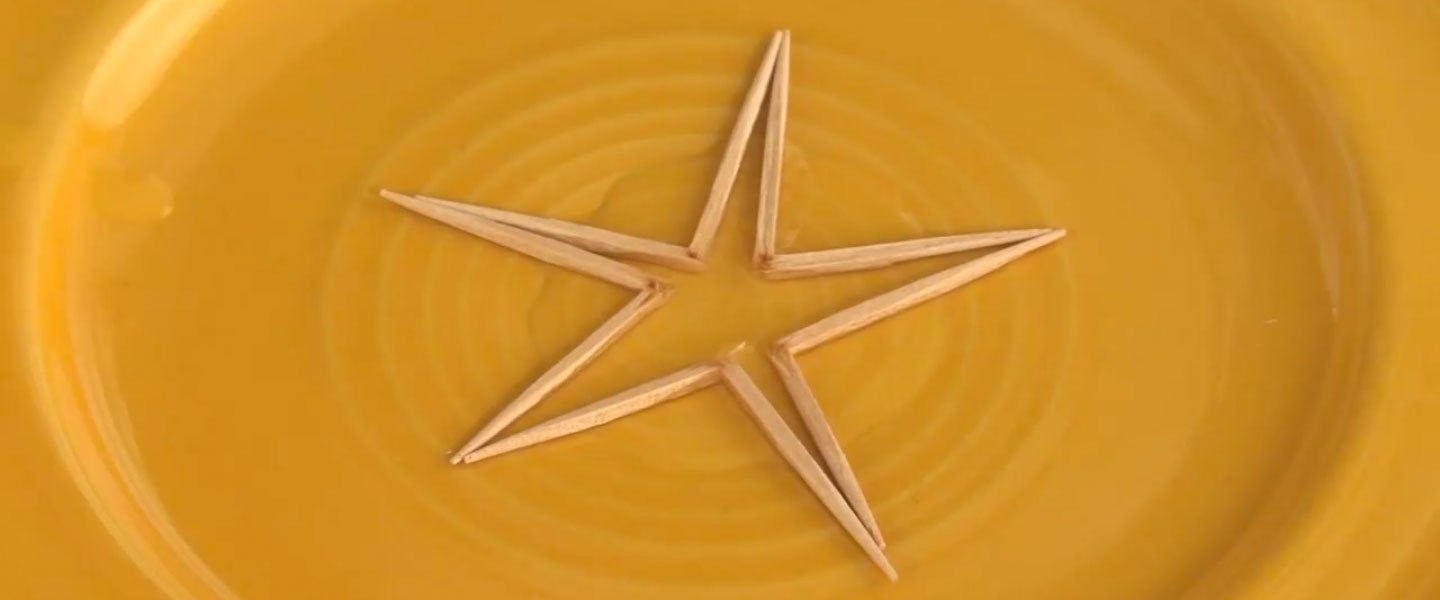
It’s always fun to use simple materials in simple ways and really surprise people with the results. OK, this one is part science and part magic but the results are all real. You start out with broken toothpicks and end up with a star-shaped design after just a few drops of water are added. The best part is that you can watch the change take place right in front of you.
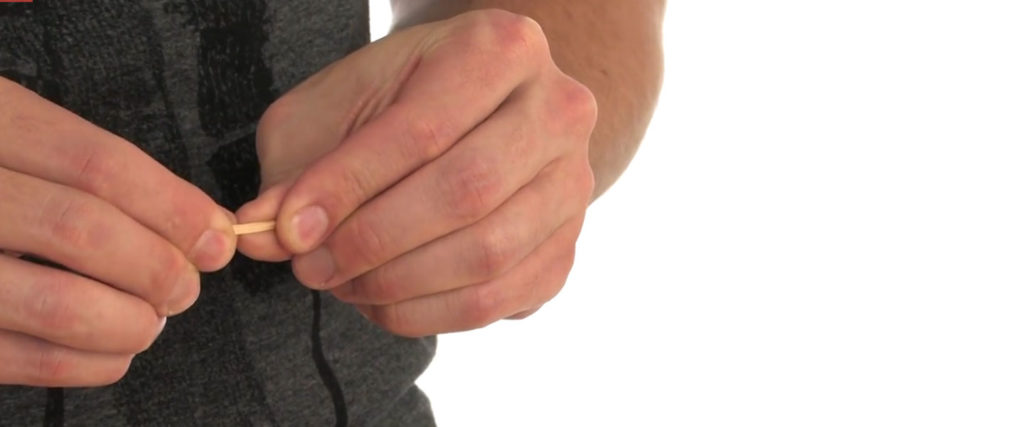
Start with round toothpicks that are brand new and dry. Without breaking them completely, bend each one at the middle so it cracks but doesn’t break into two pieces. Press the ends together to widen the split.
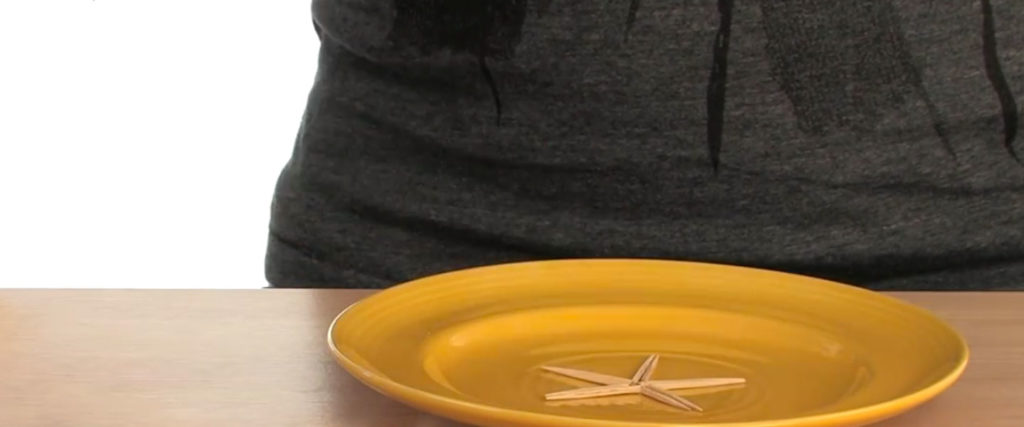
Place the split middles of the toothpicks together in the center of the plate to form a star shape. The edges of the toothpicks should touch each other. You’ve made a closed, five-pointed star.
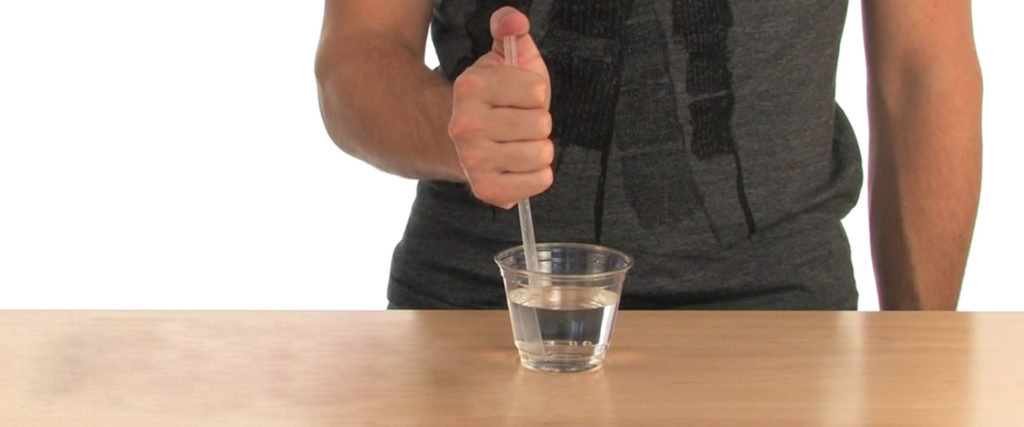
Load some water into the straw (or the eyedropper or the pipette). If you’d like, practice releasing small amounts of the water a drop at a time from the straw.
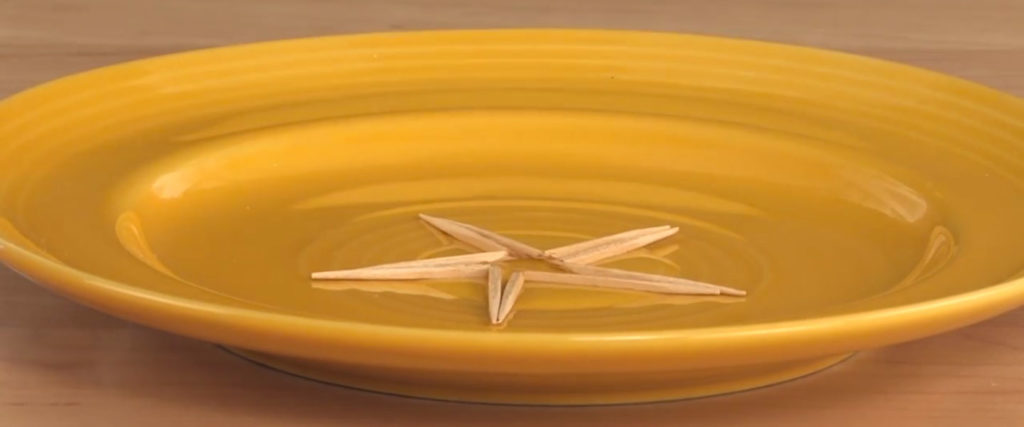
Use the straw to add drops of water at the middle of the star where the splits are closest to each other. The goal is to place the water so that all the exposed, broken ends get soaked. However, don’t add so much that the toothpicks start to float.
The right amount of water reforms your closed star into an open, recognizable shape in seconds.
The toothpicks you used were probably made of dried birch wood. When you break the toothpicks, you stretch and compress the wood fibers inside them. When you put drops of water in the middle of the closed star formation, the dry wood fibers in each broken toothpick absorb some of it. This causes the fibers to swell and then to expand. The absorption of the water into the toothpick is due to capillary action. Capillaries are microscopic hollow tubes within the wood that draw water along the length of the toothpick. Capillaries normally carry water and food throughout a living plant’s stem and leaves.
As the wood absorbs the water, each individual toothpick tries to straighten itself as the soaked fibers expand. This straightening action causes the toothpick ends to push against each other. As the toothpicks straighten and push against each other, the inside of the star opens up into the final star shape.
If you want to take this scientific magic trick a bit further, here are some ideas for you:
Toothpick manufacturers (most of them are in Maine, USA) steam birch logs to make them easier to cut. The logs are then peeled into thin sheets, sort of like unrolling paper towels. Flat toothpicks are stamped out of the sheets. Round toothpicks are first cut into oversized pieces and then fed into a milling machine called a “rounder.” This machine grinds them down into the shape you see. Birch is used for its strength and low cost as well as its smooth texture and small likelihood of splintering.